Market Analysis
In-depth Analysis of 2-Ethylhexanol Market Industry Landscape
The 2-Ethylhexanol market experiences dynamic forces that significantly influence its trajectory and growth. One of the primary drivers of this market is the expanding demand from the plasticizers industry. 2-Ethylhexanol is a crucial raw material for the production of plasticizers, which are extensively used in the manufacturing of PVC products. As sectors like construction, automotive, and packaging continue to thrive, the demand for PVC-based products rises, thereby propelling the demand for 2-Ethylhexanol. The versatility of 2-Ethylhexanol in various industrial applications, especially as a plasticizer precursor, positions it as a key component in the overall chemical manufacturing landscape.
Global economic conditions play a pivotal role in shaping the dynamics of the 2-Ethylhexanol market. Economic growth and industrial development drive the demand for chemicals, including 2-Ethylhexanol. As countries experience economic expansion, particularly in emerging markets, the need for 2-Ethylhexanol in the production of various end-use products increases. Conversely, economic downturns or uncertainties can impact the market negatively, leading to fluctuations in demand. The market's sensitivity to economic conditions highlights the interconnectedness between industrial activities and 2-Ethylhexanol consumption.
Environmental regulations and sustainability concerns exert a significant influence on the 2-Ethylhexanol market. With an increasing emphasis on environmental protection and sustainable practices, there is a growing demand for eco-friendly alternatives and processes in chemical manufacturing. Manufacturers in the 2-Ethylhexanol market are under pressure to adhere to stringent environmental regulations and invest in sustainable production methods. The development of bio-based 2-Ethylhexanol and efforts to minimize the environmental impact of its production contribute to meeting regulatory requirements and addressing sustainability concerns, shaping the market in a more eco-conscious direction.
Raw material availability and pricing also impact the dynamics of the 2-Ethylhexanol market. The production of 2-Ethylhexanol involves the use of raw materials such as n-butanol and propylene, and any fluctuations in the prices or availability of these inputs can influence the overall cost structure of 2-Ethylhexanol production. Market players closely monitor these factors to make strategic decisions, including pricing strategies and securing a stable supply chain. Global events, such as geopolitical tensions or natural disasters, can disrupt the supply of raw materials, leading to market volatility.
Technological advancements and innovations contribute to the market dynamics of 2-Ethylhexanol. Ongoing research and development activities focus on improving production processes, increasing efficiency, and exploring new applications for 2-Ethylhexanol. Innovations in catalyst technologies and production methods aim to enhance the overall quality of 2-Ethylhexanol, meeting industry standards and consumer requirements. Companies investing in research and development gain a competitive edge by introducing advanced products that cater to evolving market needs.
Market competition and consolidation are essential factors influencing the dynamics of the 2-Ethylhexanol market. The presence of several key players and continuous efforts to expand market share drive competition. Mergers, acquisitions, and strategic partnerships are common strategies adopted by companies to strengthen their market position and gain a competitive advantage. The level of competition shapes pricing dynamics, product offerings, and overall market structure, influencing the choices available to consumers.
In conclusion, the 2-Ethylhexanol market is subject to a range of dynamic forces that collectively shape its growth and evolution. From the demand-driven forces of key industries like plasticizers to the impact of global economic conditions, regulatory pressures, raw material dynamics, technological innovations, and competitive strategies, these factors interact to create a complex and responsive market environment. Companies navigating this landscape successfully are those that understand and adapt to the ever-changing dynamics, positioning themselves strategically to capitalize on emerging opportunities and mitigate potential challenges in the 2-Ethylhexanol market.


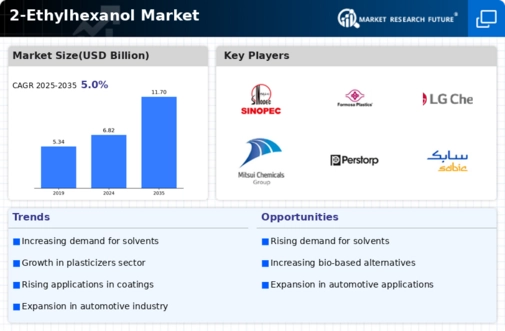

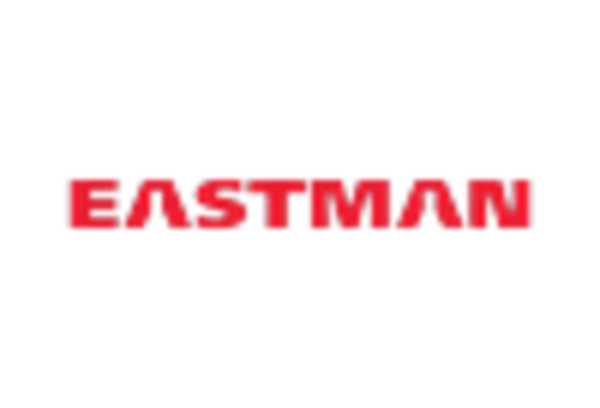
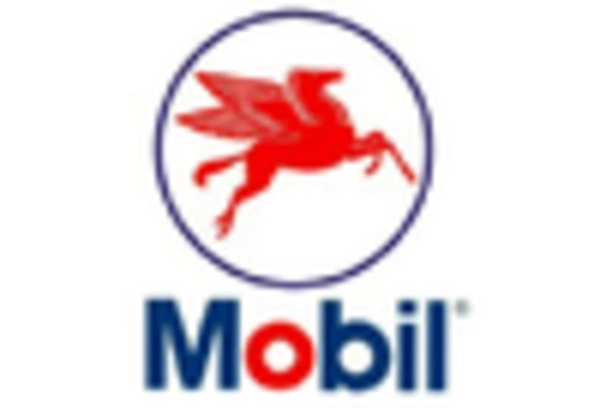
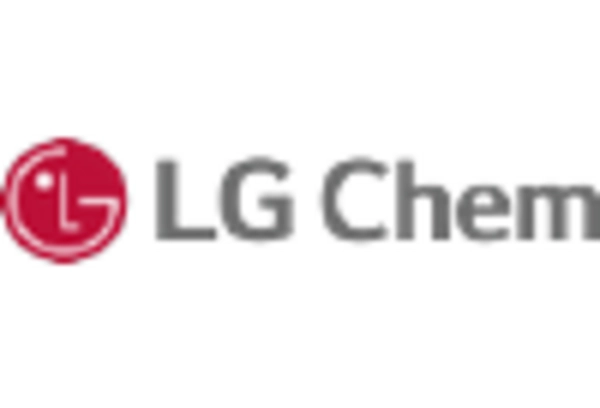
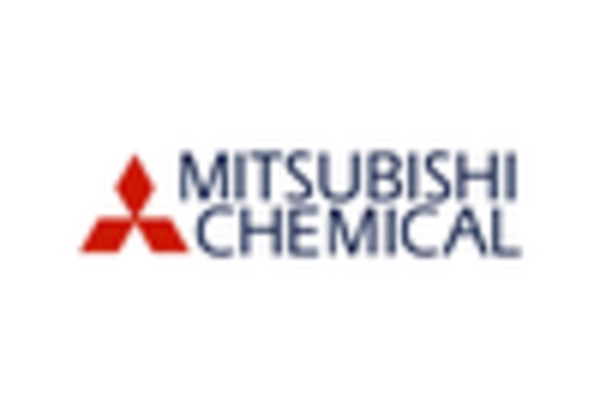
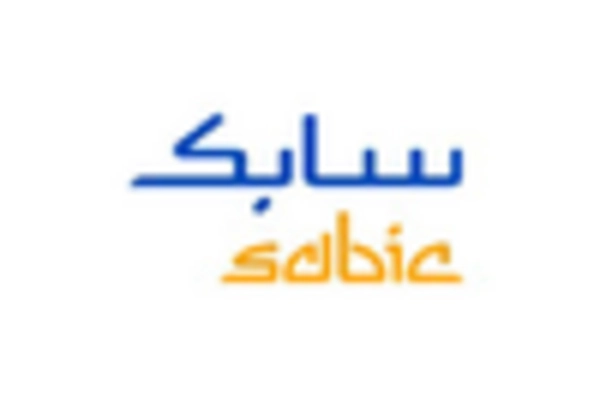









Leave a Comment